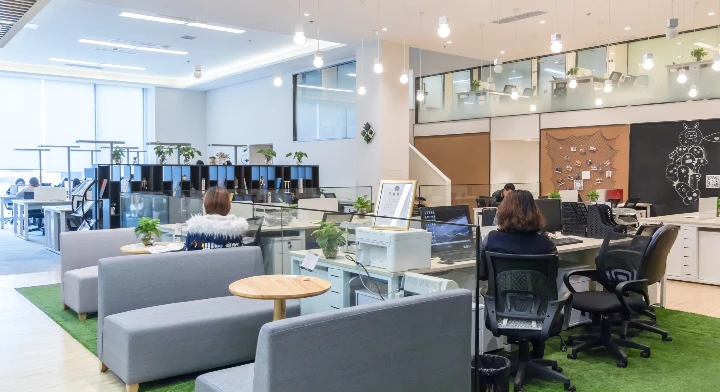
- Afrikaans
- Arabic
- Belarusian
- Bengali
- Czech
- Danish
- Dutch
- English
- Esperanto
- Estonian
- Finnish
- French
- German
- Greek
- Hindi
- Hungarian
- Icelandic
- Indonesian
- irish
- Italian
- Japanese
- kazakh
- Rwandese
- Korean
- Kyrgyz
- Lao
- Latin
- Latvian
- Malay
- Mongolian
- Myanmar
- Norwegian
- Persian
- Polish
- Portuguese
- Romanian
- Russian
- Serbian
- Spanish
- Swedish
- Tagalog
- Tajik
- Thai
- Turkish
- Turkmen
- Ukrainian
- Urdu
- Uighur
- Uzbek
- Vietnamese
Innovative Developments in Artificial Turf for Football Fields
Jan . 01, 2025 11:03 Back to list
Exploring the Rise of Plastic Football Pitches A Game-Changer for the Sport
In recent years, the world of football has experienced significant transformations, not just in the way the game is played but also in the environments where it unfolds. One of the most impactful innovations has been the advent of plastic football pitches, also known as artificial turf or synthetic grass. This shift towards plastic surfaces has revolutionized the sport, offering numerous advantages that appeal to players, clubs, and fans alike.
The Evolution of Football Pitches
Traditionally, football was played on natural grass pitches, which provided a unique playing experience but came with considerable challenges. Weather conditions, maintenance requirements, and inconsistent quality often hindered performance and enjoyment. Recognizing the limitations of natural turf, manufacturers began developing synthetic solutions in the mid-20th century. The first-generation artificial turf was introduced in the 1960s, but it faced criticism for its lack of authenticity and player comfort.
However, advancements in technology and materials have led to the development of highly sophisticated plastic pitches that closely mimic the look and feel of natural grass. These modern pitches are designed to withstand diverse weather conditions, making them suitable for year-round play.
Benefits of Plastic Football Pitches
1. Durability One of the most compelling advantages of synthetic football pitches is their durability. Unlike natural grass that can become muddy, uneven, or damaged, plastic surfaces are engineered to endure heavy foot traffic and extreme weather without compromising playability. This durability translates to lower maintenance costs and extended lifespan, making them a financially viable option for clubs and organizations.
2. Consistent Playing Conditions Synthetic turf provides a consistent playing surface that is less affected by rain or drought. Players can enjoy a reliable and predictable field, minimizing the risk of injuries associated with uneven or slippery ground. This consistency fosters better performance and enhances the quality of play.
plastic football pitch

3. Environmental Impact While concerns about the environmental impact of plastic pitches exist, innovations in recent years have sought to address these issues. Many manufacturers are now using recycled materials and developing turf that is more biodegradable. Furthermore, artificial pitches require less water for maintenance, making them a more sustainable option in regions facing water scarcity.
4. Versatility Plastic football pitches are versatile and can be used for various sports and activities beyond football. This multifunctionality allows clubs and schools to maximize their investments by offering different sports, thereby attracting a wider audience.
5. Accessibility With the ability to install synthetic pitches in areas that may struggle to maintain natural grass, accessibility to quality playing surfaces increases. This is particularly beneficial in urban settings where space is limited, providing communities with the opportunity to engage in football and other recreational activities.
Challenges and Considerations
Despite the numerous advantages, the adoption of plastic football pitches is not without its challenges. Concerns regarding heat retention, player comfort during summer months, and potential health risks associated with certain types of materials have prompted ongoing discussions among stakeholders. Additionally, the initial installation costs of synthetic pitches can be high, although they often balance out over time due to lower maintenance requirements.
Conclusion
As football continues to evolve, the role of plastic pitches will likely become increasingly significant. Their durability, consistency, environmental considerations, and versatility make them an appealing choice for clubs, schools, and recreational facilities. While debates about their safety and environmental impact persist, the technology has improved immensely, striving to address these concerns.
In the ever-changing landscape of football, plastic pitches represent a paradigm shift that enhances the game and makes it more accessible to players of all levels. As we look to the future, it is clear that synthetic turf will continue to play a vital role in the growth of the sport, bringing communities together on fields that are not just functional but also inviting and enjoyable for everyone involved.
-
The Benefits of Artificial Turf for Indoors
NewsJul.15,2025
-
How Artificial Grass Suppliers Ensure Quality Products
NewsJul.15,2025
-
Artificial Grass and Pets: A Space for Relaxation
NewsJul.08,2025
-
Balcony & Outdoor Decoration with Artificial Grass
NewsJul.08,2025
-
Best Indoor Artificial Grass for Home
NewsJul.07,2025
-
Best Pet Turf for Dogs: Safe & Durable Artificial Grass Options
NewsJul.07,2025
Products categories









